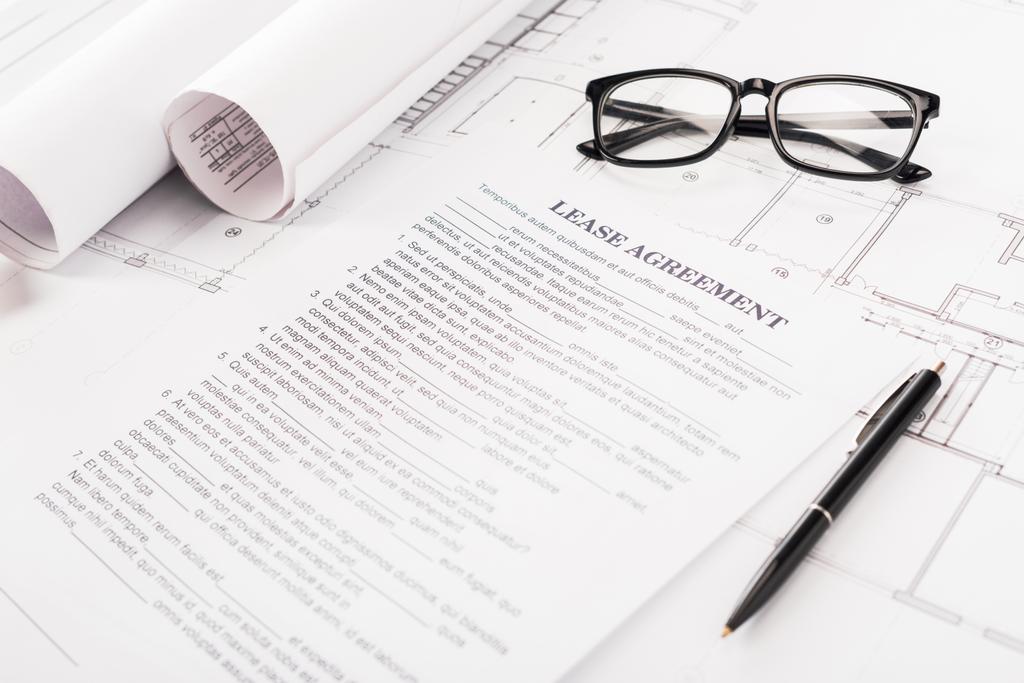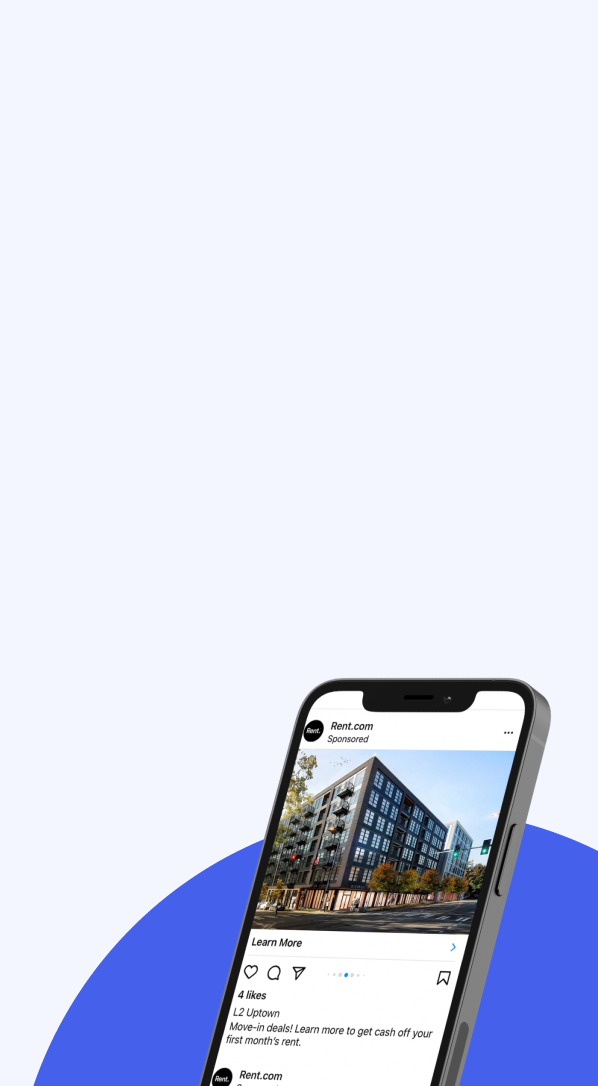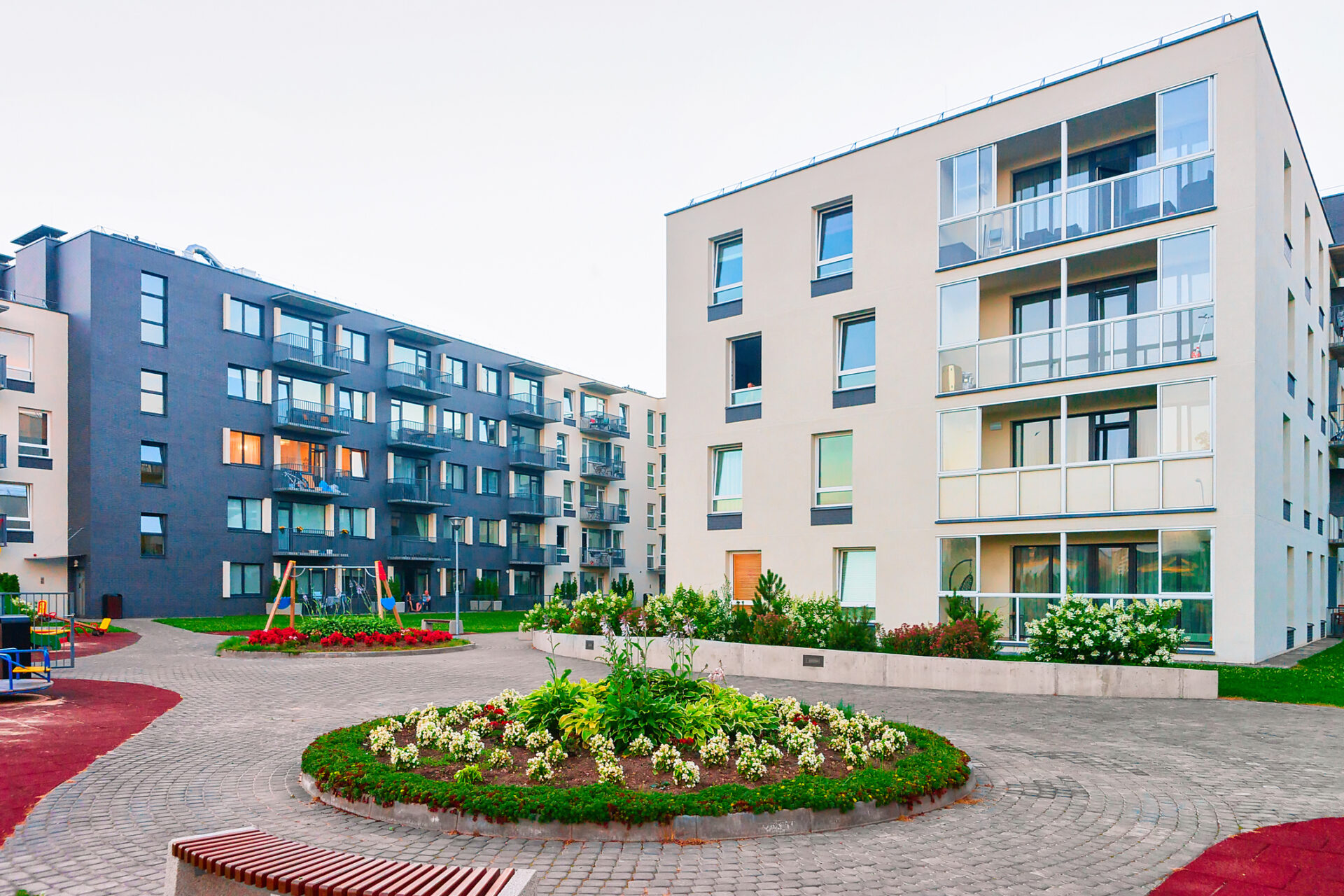A lease-up is a process of filling vacant rental units in a property such as an apartment community. The property owner or operator will typically engage in activities such as marketing and advertising the units, offering incentives to prospective rent paying renters, and conducting tenant screenings. They also often provide tenant placement services, which involve finding qualified renters who meet the property owner requirements.
What is the lease-up period?
So what does “lease-up” mean? The lease-up stage is a crucial period in the process of getting a rental property up and running. It’s the period during which owners and operators strive to lease all available units. During this lease-up phase, they will market the lease-up property, accept applications, verify potential renters’ qualifications, sign leases, and collect security deposits. The overall goal of the lease-up strategy is to get all the units leased as quickly and safely as possible while maximizing profits and improving cash flow.
Why generating leads quickly is important for lease-ups
Reaching stabilization quickly is important for lease-ups because it ensures that your rental property won’t remain vacant for long periods of time. If you are able to quickly fill vacant units, then you can reduce lost income and secure your monthly cash flow. Additionally, a steady population of residents will help keep maintenance costs in check while helping to protect the value of the property over time.
Renters love lease-ups, here’s why:
Many renters seek out lease-up apartments because they can often benefit from signing a lease at the start of a new apartment or house. For starters, a renter may be able to get more favorable terms right off the bat when a property team is trying to fill the new property. The property team may provide incentives such as reduced rent, waived move-in costs or waived deposits. Additionally, with a lease-up, renters can often customize the unit or space to their own specifications in terms of painting, carpeting and other design elements. Finally, lease-ups allow property teams an opportunity a fresh start at marketing the property and its amenities, generate interest in the unit, improve rental rates and attract residents who will be more likely to stay with them for several years. By testing new marketing channels and optimizing based on results, property teams can also build interest in the property over time to gain more renters. Lease-ups can be a win-win situation for both property teams and renters alike.
What is a lease-up velocity?
Lease-up velocity is a measure of the rate at which newly available rental units are being rented. It is an important metric for the property team to keep tabs on, as it can serve as an indicator of how well a lease-up property is performing in the local market.
Factors such as location, amenities, and price point can all affect a property’s lease-up velocity. Lease-up velocity is typically measured by dividing the number of units leased during a given period by the total number of available units in that same time frame. It is common to measure lease-up velocity on a monthly basis, although it can also be calculated over longer or shorter time frames.
High lease-up velocity is generally a good sign for the property team as it signifies that units are being rented at a rapid pace, indicating a strong demand in the local rental market. Low lease-up velocity can be indicative of several issues including inadequate marketing efforts, inefficient pricing strategies, or unfavorable amenities compared to similar properties.
What is a lease-up reserve?
A lease-up reserve is a financial reserve that is established by property teams or property owners in order to cover potential expenses incurred during the initial leasing period of a new apartment building. This reserve is often used to cover initial costs associated with leasing a property, such as marketing, advertising, legal and administrative fees, tenant screening and background checks, repairs, cleaning, and other expenses. It can also be used to cover any shortfalls in rent payments that may occur during the first months of a new tenant’s occupancy.
The reserve funds are typically held in an escrow account until the end of the initial lease term when they can then be refunded to the property team or property owner. Lease-up reserves are often a requirement for obtaining financing, and are typically established as part of the lease agreement. The amount of reserve funds required will vary depending on the lender, property type, and tenant type, but it is typically between one to two months’ worth of rent payments.
It is important to understand all the requirements associated with establishing a lease-up reserve and to properly budget for it when anticipating a new lease. Having a lease-up reserve in place can be extremely beneficial as it ensures that property teams and property owners are able to cover any costs associated with leasing a property without having to come out of pocket or borrow money. It also provides them with peace of mind knowing that they have the necessary funds available to cover any repairs or other expenses that may arise throughout the initial leasing period. Ultimately, it helps to ensure a smooth and successful transition when bringing in new residents.
How long is the lease-up period?
Generally speaking, it can take anywhere from three to six months to fully lease-up a property. However, this timeline can be extended if there are more complex elements involved such as special financing requirements or agreement between multiple parties.
During the lease-up period, property management teams work diligently to ensure that each unit is filled with a qualified tenant. This includes conducting background checks, verifying income and employment, and ensuring all legal paperwork is completed accurately. Additionally, many property managers will use marketing campaigns or incentives to attract new renters during this time. By successfully navigating the lease-up period and keeping occupancy rates high, property managers can ensure that their properties are well-maintained and profitable for years to come.
Once the lease-up stage is complete, it’s important for property management teams to regularly monitor rental units to ensure they remain occupied with qualified renters. This process should include conducting regular rent reviews, tenant follow-ups to maintain stabilized occupancy, and inspections to ensure that the lease-up property is being well maintained. Properly managing a rental unit is essential for maintaining good relations with residents as well as providing a safe and secure living environment. This can help protect both the tenant’s rights as well as the property owner’s investment in their property.
What are the challenges of a lease-up?
One of the most significant challenges in lease-up is ensuring that the property is ready to attract potential renters. This includes making sure that the interior and exterior of the property are both aesthetically pleasing and safe, having all necessary paperwork filled out and up to date, and creating the right amount of marketing materials to draw in prospects.
It is also essential to set realistic expectations for the leasing timeline and budget, as well as to have a plan in place for responding to potential tenant inquiries. Once the lease-up has begun, it is important to continually evaluate the progress of the leasing process and adjust marketing strategies accordingly. Finally, effective communication with renters throughout the entire leasing period can help create a successful lease-up and a positive tenant experience. With careful planning and attention to detail, managing a property’s leasing process can be made easier and more efficient.
Market online and offline
In addition to the above tasks, a successful lease-up requires strong customer service skills in order to attract prospective residents. This includes conveying the message that the property offers a great value and responding quickly to inquiries. Additionally, building relationships with potential residents can help foster trust in your organization and encourage them to sign a lease. Effective communication is key throughout the entire leasing process, as it allows you to provide clear expectations around paying rent, maintenance requests, and other obligations.
Marketing lease-up strategies for success
Lease ups for multifamily apartment buildings can be a daunting process, but they don’t have to be. With the right strategies and tactics in place, you can successfully fill up your building with renters quickly and efficiently. With some careful planning and preparation, you’ll be able to ensure that your building fills up as quickly as possible with high quality renters who will stay long term.
Securing a successful lease-up of a new building requires multiple marketing strategies that work together to drive traffic, convert leads, and ultimately secure long-term residents. To reach the desired goals of an apartment lease-up, it is important to have a comprehensive focus on three main areas: market research, advertising and promotion, and onsite leasing.
Market research is critical to identify the target renters and their needs that the property can satisfy. This involves understanding the local market dynamics, such as comparable properties, median rents, average tenant demographics, traffic patterns, etc. It also includes researching any potential competitors in the area so that you can position your property accordingly. This research should be conducted before advertising or leasing efforts so you can establish an effective marketing strategy and approach.
Advertising and promotion are essential for making prospective renters aware of the property, but also for creating a positive image that will attract them and make them feel confident about signing a lease. Digital marketing can also be used to reach interested renters and should leverage tactics such as SEO, website optimization, email campaigns, pay-per-click advertising, etc.
Onsite leasing plays an important role in the lease-up process. The goal is to create an attractive atmosphere that will draw renters in and make them want to stay. This includes keeping the property well maintained, providing helpful information about the property and the local area, and hosting events or open houses to engage prospective residents. It is also important for leasing staff to be knowledgeable, friendly, and professional to provide your target audience with an exceptional customer experience.
By taking a comprehensive approach to market research, advertising and promotion, and onsite leasing, commercial real estate owners can ensure that their properties experience successful lease-ups. This combination of strategies will help attract prospective renters and create an appealing environment for them to sign long-term leases. With the right focus and dedication, any lease-up property can succeed.








